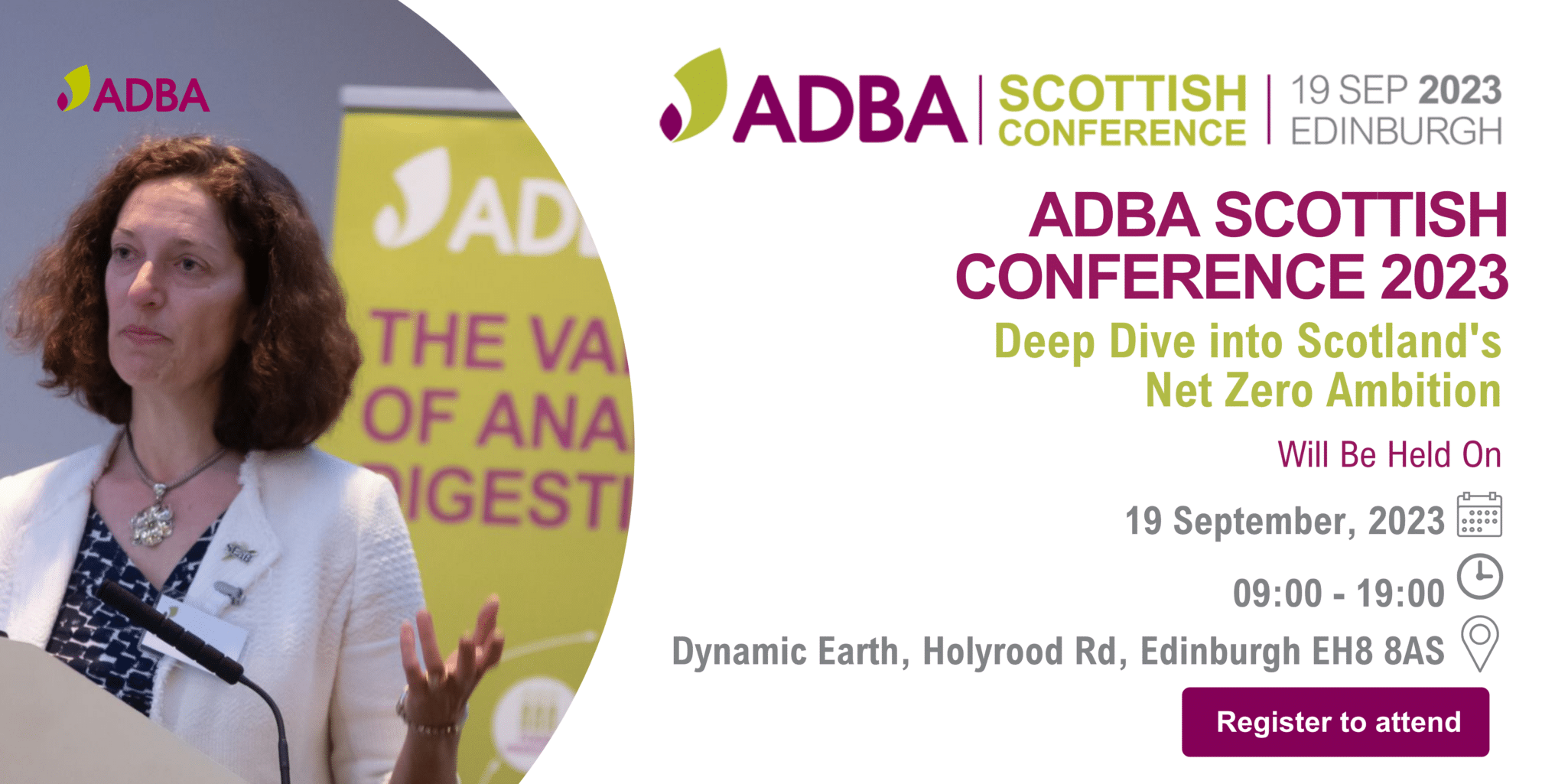The Environment Agency has updated its Resource Frameworks guidance, which will affect digestate management from…
Ricardo report published on the potential of bioenergy in Scotland
On the back of The Scottish Energy Strategy, published in December 2017, The potential contribution of bioenergy to Scotland’s energy system report forms one of the first steps in the development of the bioenergy action plan. It sets out the nature and quantities of biological resources within Scotland that could be used for bioenergy, and the conversion technologies that could be deployed to utilise them.
The focus of the report is on Scottish rather than imported biomass resources, due to the additional economic benefits of added value from the development of local fuel supply chains.
Bioenergy already contributes to energy supply in Scotland, meeting an estimated 4.4% of final energy demand in 2016. The report states that increasing the contribution that bioenergy makes by 2030 would require additional bioenergy plants to be built and deployed within the next decade. It also finds that currently all the bioenergy conversion technologies under consideration produce energy or fuel at a higher price than fossil fuel-based technologies. It is therefore recognized that bioenergy is unlikely to be commercially viable without some form of financial support, with the exception being the conversion of waste to energy where gate fees for waste is a significant income stream. It also identifies that several while additional anaerobic digestion plants are technically feasible, utilising the resources fully is likely to require a mixture of feedstocks in some plants which makes regulatory compliance more complex and onerous.
It is estimated that bioresources currently not collected or disposed of as waste have the potential to generate a further 5.3 TWh per year of primary energy. There is the potential in the future for more bioresources, equivalent to 2TWh per year pf primary energy, to be available.
For more detail, have a read of the report.



